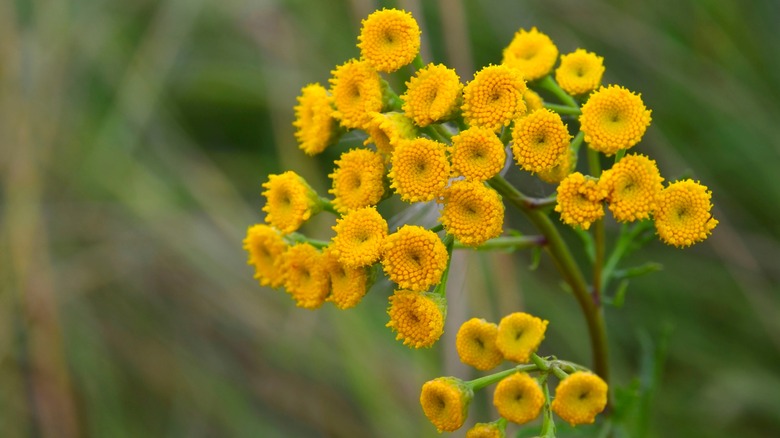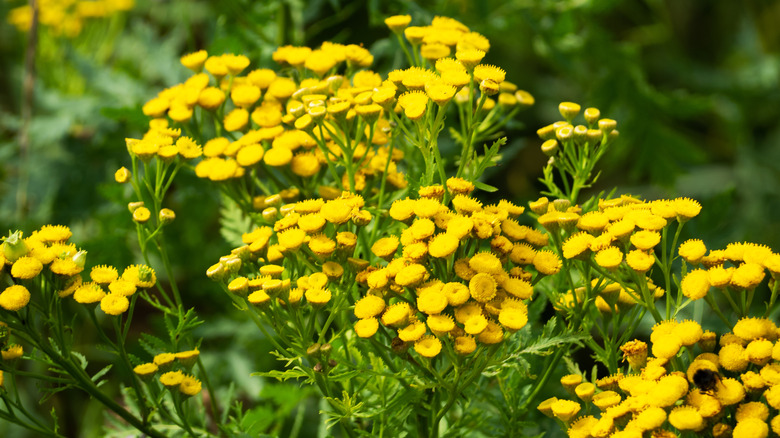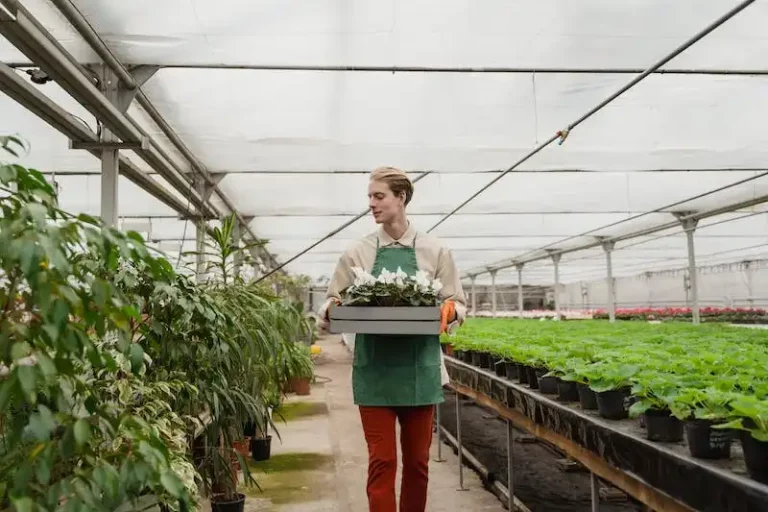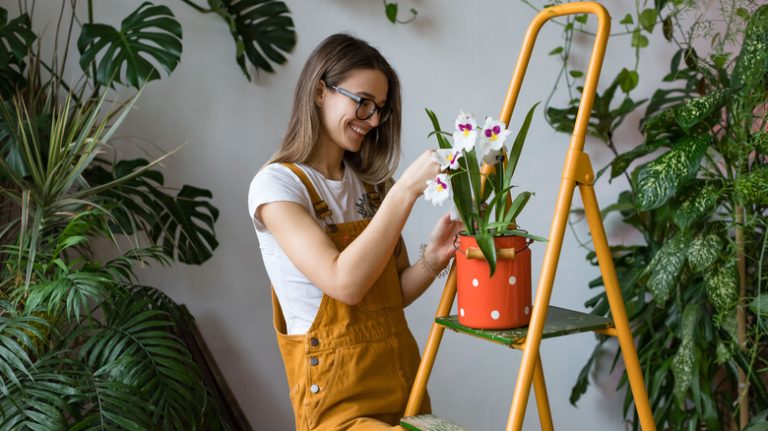Ants can be one of the more difficult pests to keep out of your home and garden, but there’s a plant you likely think of as a weed that can help you do just that. Tansy is a perennial with a beautiful, bright yellow color to it. Many believe it to be a weed because of how quickly it grows and spreads, and it certainly can take over your garden if you don’t pay much attention to it. However, well-tamed, it can be a powerful ant-fighting tool that has a pretty look to it as well.
Tansy are easy-to-grow plants that have a strong smell to them. That smell is what helps to drive away ants, as well as other pests like moths and mice. Not only does the bloom have a strong scent, but so do the leaves and the root system, which makes it more effective for controlling ants, thanks to their low-crawling preference. You can easily add this plant to your garden or around the exterior of your home to help ward off invading ants (and sometimes fleas and mosquitos, too). As you work to keep pests like ants out of your home and garden, tansy is one option among many. However, because it is an aggressive grower that can deplete your garden of nutrients quickly, you want to be sure you’re planting and managing this perennial with a bit of care.
Tansy plants repel ants

The common tansy reaches 1 to 5 feet in height and has foliage much like a fern, with fans of green dominated only by the punch of yellow flowers. There are two ways that you can use this flower to help you manage ants in your garden and within the home itself. The most common option is to plant the perennial and let the strong scent ward off invaders. This is not a plant that tastes good to most pests, and its presence means that the insects, including ants, cannot smell any food sources in the area. Ants, who are always on the lookout for food, move in another direction.
It’s also possible to use tansy as an essential oil spray. Many people prefer not to grow tansy plants because of how aggressive they can be. Instead, remove the plant once it blooms, dry it out, and extract the essential oils from it. It is important to note that the essential oils from tansy are not edible and can be toxic to some people and animals. For that reason, you don’t want to allow kids or pets to come near it. However, you can add a few drops to a spray bottle of water and spritz this along the ground where you’ve seen ants. You can also dry out the leaves and stems and put them into a small mesh bag for potpourri. Use that throughout your home to prevent ants from getting into the area.
A word of warning about using these flowering plants to get rid of ants

As noted, tansy looks beautiful with its dark green foliage and bright yellow flowers, but it’s somewhat of a nuisance. You’ll likely ward off mosquitos and ants with it, but bees are very much attracted to it. If you are trying to encourage pollinators into the area, consider adding it, though. Lady bugs are known to lay eggs in it as well. Be careful handling the plant if you’ve never done so before. Some people are allergic to it and can become sick quickly from exposure.
The second factor to keep in mind is controlling the spread. If it becomes overgrown, you’ll need to hand pull it (be sure to use gloves for this task) and then remove any resprouts that occur. Just mowing or cutting tansy back doesn’t necessarily stop the spread, though.
If you have a full-blown ant infestation in your home, using tansy outside isn’t enough to bring it under control (and it may not be enough for your garden either). You’ll want to seek out other natural ant repellants and treatment options to help minimize the onset of additional complications from ant infestation, and that may mean calling in a professional.




